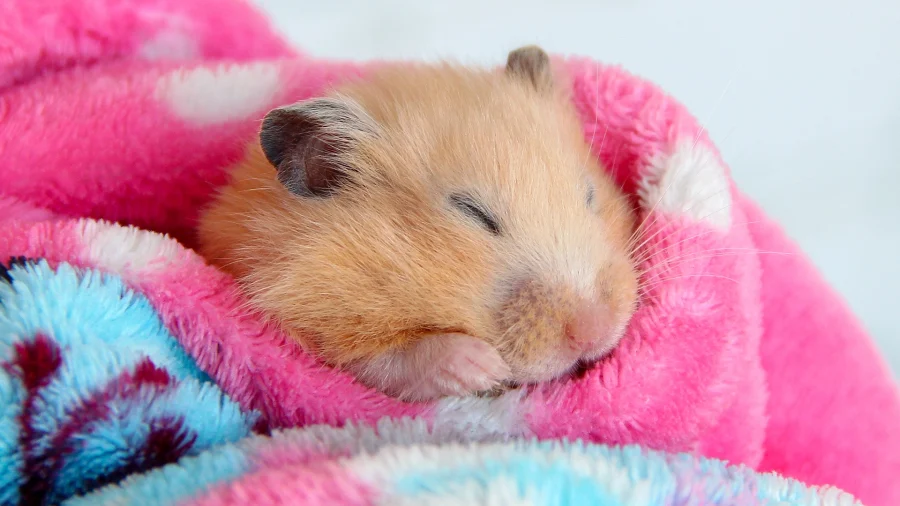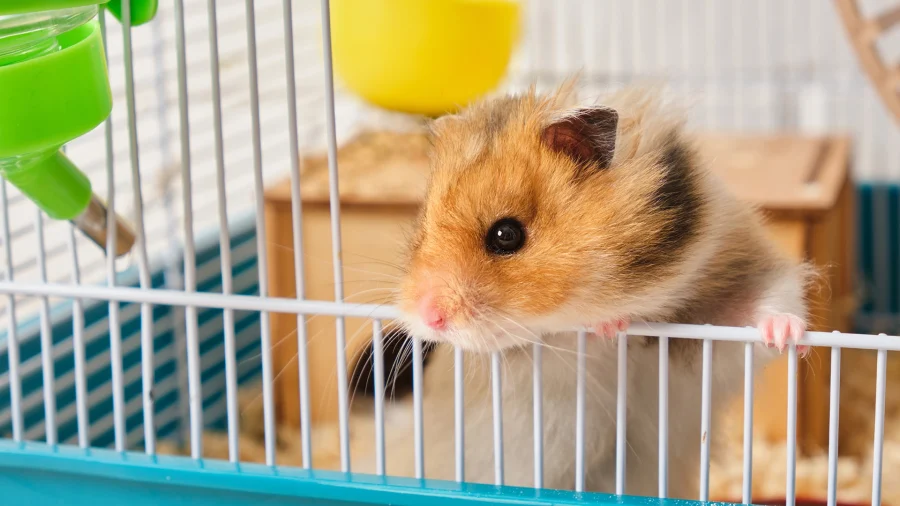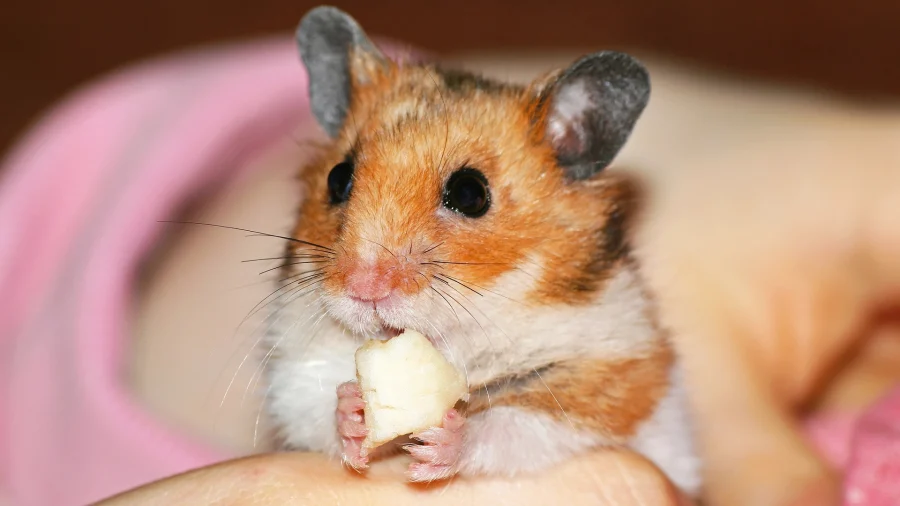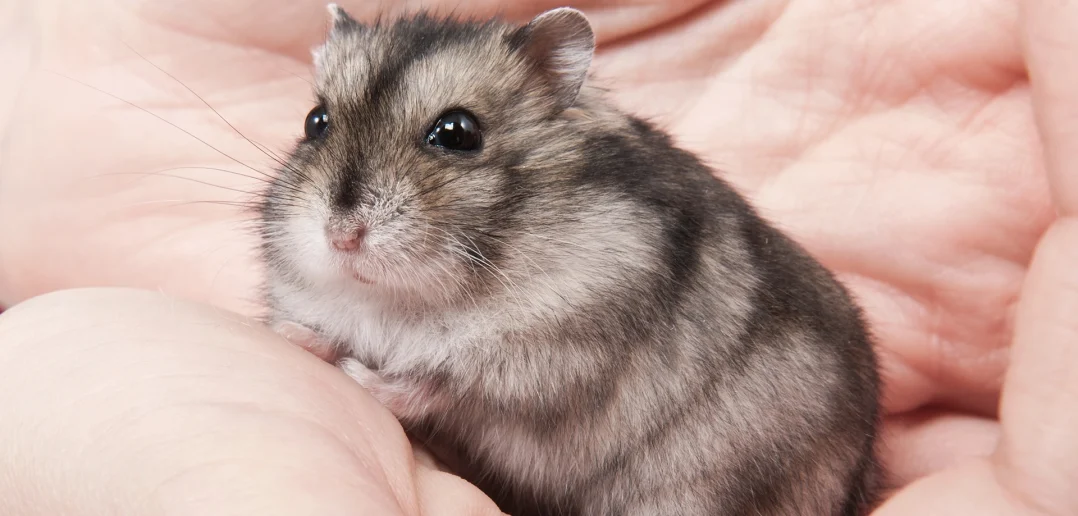Hamsters are among the most popular pets in the world, and easily the most beloved member of the rodent family. Their cleanliness, cuteness, and relatively simple care make them wonderful companions for pet owners of all ages.
Hamsters are also inexpensive compared to many other pets, making them ideal for families or first-time pet owners. The average lifespan of a hamster is about 1–3 years, which some believe makes them a gentle way for children to learn about responsibility — and eventually, how to cope with loss.
Choosing the Right Hamster

There are many types of hamsters, but the most common breed kept as a pet is the Syrian hamster. Syrian hamsters are the largest type, growing up to four to six inches long, and they come in a variety of beautiful colors. You can find both short-haired and long-haired Syrians — the long-haired ones are often called Teddy Bear hamsters because of their fluffy coats.
An important thing to know about Syrian hamsters: they are solitary creatures. You should only keep one Syrian hamster per cage, as housing two together can lead to serious fighting and injuries.
The second most popular pet hamsters are the Dwarf hamsters, which only grow to about three to four inches. Unlike Syrians, many Dwarf hamster breeds are social and can often live peacefully in same-species pairs or small groups — though you should still monitor them for compatibility.
Setting Up Your Hamster’s Home

Before bringing your new hamster home, make sure you have everything ready:
- A safe, appropriately sized cage
- Bedding material (avoid cedar or pine shavings) and opt instead for soft brown paper bedding or even corn cob bedding.
- A solid-surface exercise wheel (not wire wheels, which can cause injury)
- A water bottle (rather than a bowl, to prevent spills)
- A small hideaway or nesting box
- Food formulated specifically for hamsters
- Toys and tunnels for enrichment
Setting up the hamster’s habitat in advance ensures that your new pet can settle in comfortably from day one.
When choosing a cage, look for one that offers plenty of floor space, good ventilation, and secure closures. Plastic-based cages with attached tunnels can be fun, but they should be easy to clean and large enough for natural behaviors like burrowing and running. Avoid placing the cage in direct sunlight or drafty areas, and maintain a comfortable room temperature.
You can find all the essentials, from cages and bedding to food and toys, at trusted retailers like Chewy and other reputable pet supply stores.
Bringing Your Hamster Home

Once your setup is ready, you’re ready to select your hamster!
You can adopt from a local rescue, find a responsible breeder, or purchase from a reputable pet store.
Tips for choosing a healthy hamster:
- Look for bright eyes, clean fur, and active behavior.
- Ask about the hamster’s age (younger hamsters adjust more easily).
- Confirm the hamster is not pregnant, unless you’re prepared for babies!
Take your time and don’t be afraid to ask questions. A little care up front can lead to a happier, healthier companion.
Ongoing Care and Cleaning
While hamsters are very good at grooming themselves, keeping their habitat clean is essential for their health. Plan to:
- Spot-clean soiled bedding daily.
- Fully clean the cage weekly, replacing all bedding and washing the cage parts with mild, pet-safe soap.
- Keep fresh water and food available at all times.
Cleaning your hamster’s home doesn’t take long, just 10 to 15 minutes a week, but it makes a big difference in keeping your pet healthy and happy!
Last, but certainly not least, hamsters are small, entertaining pets that bring a lot of joy to their owners. With the right setup, a little research, and ongoing care, you can provide a safe, happy life for your charming little creature.
In a hamster’s world, a simple wheel becomes a grand adventure — proof that joy is about the journey, not the destination.
Tweet



